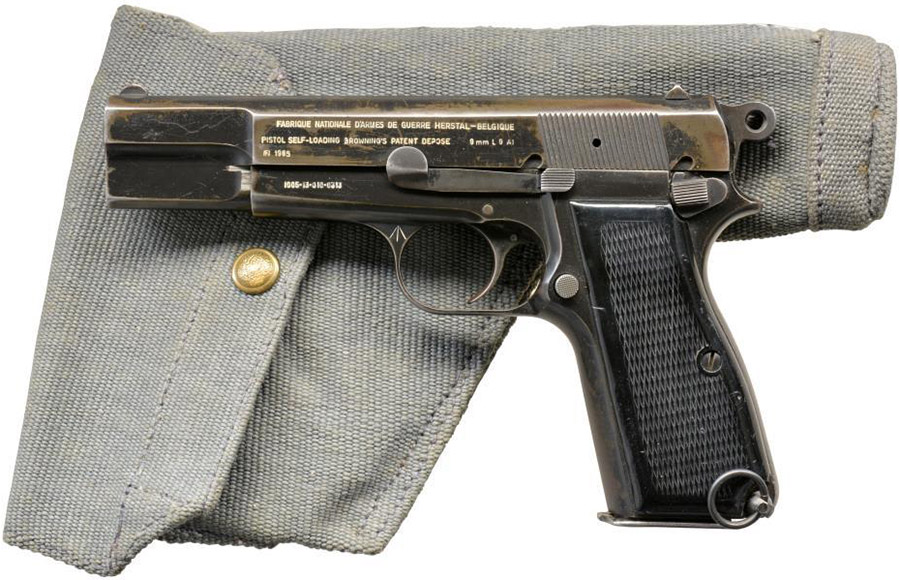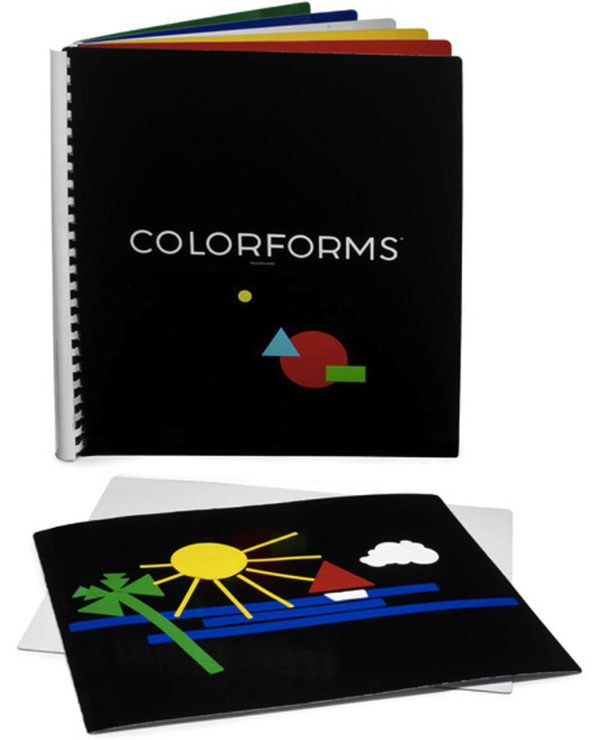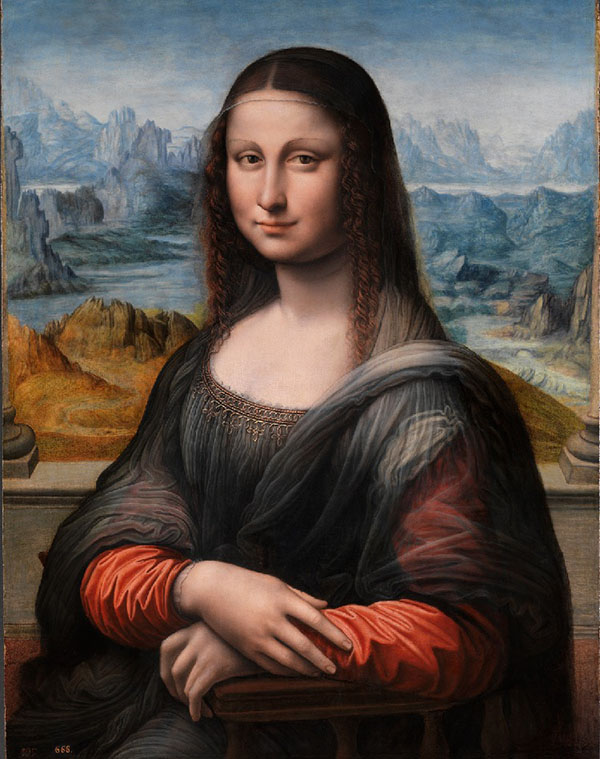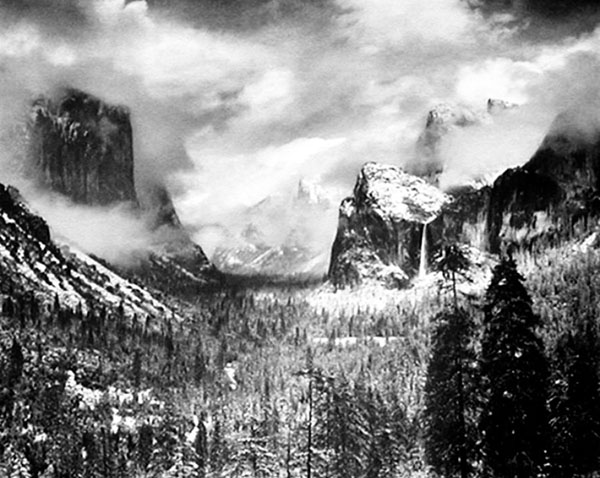Art Benjamins is an artist and a shooter. When I say artist, that’s what I mean…he creates dazzling racecar paintings. Art has done guest blogs for us in the past. Art read Robby’s post recently about his Browning Hi-Power and he asked if he could do one about his Hi-Power. Absolutely, Art!
Here you go, folks…Art’s take on the most-issued military handgun in the world.
It’s funny how everyone has his/her favorite story about their Browning Hi-Power. Like the famous tales from boat owners who can recall only two things of their vessels – when they bought it and when they sold it. Mercifully, not all Hi-Power owners have similar tales of lament. In the heady days of owning self-loading rifles and handguns, the UK offered a healthy choice in types of firearms ranging from the 1800s right to the mid-’80s when the knee-jerk self loading rifle ban was implemented followed by the equally disgraceful handgun ban of the mid-’90s. These were also pre-polymer days, so guns were made from honest steel and wood. Ex-military guns were also cheap and plentiful.
I lived in the east London YMCA from 1974-1976. Inhabited by a hundred or so professionals like myself and students from all countries and walks of life – from the most bland to the most colorful characters. I had befriended an older individual – an unapologetic womanizer who made Warren Beatty look like a eunuch. He had an angry ex-wife and a string of equally angry ex-girlfriends whose lives would intertwine with mine – but that’s another story.
One afternoon he knocked on my door, came straight in, sat in my chair and casually said, “How would you like to date a couple of nurses tonight?” – although those were not the exact words he used. This venue was in Southend – a largish seaside town on the east coast of Essex in the south of England which wasn’t a complete dump during the off-season. He’d been invited to a nurses party there and decided to invite a few others. So it came that five of us crammed into his old car and ended up at some messy nurses dormitory hall where the guys outnumbered the already well inebriated nurses by ten-to-one. After 30 minutes, we positively changed the odds by leaving.
Ten years later the YMCA was a distant memory. I was married and lived in Biggin Hill, Kent – the south of England, and had long taken up with the British shooting sport which was not yet aware of the sweeping legislative changes that hung over its head. The advert in a gun magazine showed a licensed dealer offering his Hi-Power for sale. It was in good working order and only £150. $200 in present money. The firearms dealer was in – Southend, and a smirk came over my face my wife didn’t like the look of.
Unsuccessfully trying to conceal a full-sized Uzi behind his back with his left hand, the dealer opened his door. As he basically invited anyone who may have had nefarious intentions, his idea of some sort of insurance was sound but I felt that his choice may not have offered any form of realistic concealment.
The H-P was a WW2 version made under Nazi occupation. It had the rust brushed and linished away including half the front sight – and re blued. It HAD seen better days but for $200 it would be a nice shooter. It was. Despite the barrel being a replacement, it faultlessly digested 30-year old dirt cheap 2Z Czech SMG ammo with rock-hard primers, 50% higher chamber pressure and which needed almost every single round to be divested of stubborn verdigris. Pachmayr grips and trigger work made into a sweeter shooter – even if I did leave the mag disconnect in place. It never missed a beat – even with verdigris. Our hiking trip in the wild and remote Scottish drizzly highlands one year was a lot safer with my H-P inside a Horseshoe Leathers holster under my army jacket. The others in my shooting club weren’t too impressed with my ‘clunker’ – theirs were of a far better quality. One of the members boasted a highly engraved ‘Renaissance’ H-P which he quite rightly enjoyed showing off.
It would be THAT Renaissance which I saw being laid on the metal desk at the local police station during the 1996 handgun ban. Hundreds of local pistol owners were scheduled to hand in all of their handguns there. My Walther GSP .22” target pistol – my first gun, along with my S&W Model 29, were unceremoniously slid over into the grubby hands of the police officer who gave me a receipt. Some time later, the 40,000 handgun owners would get a government check for their robbed sports equipment which allegedly were going to be smelted down. The biased and rabid media never showed news clips of this happening making us feel that the really good pieces were in storage somewhere. There has never been any official denial of this.
However, I hope my Hi-Power was not among these. I’d sold it a year previous via a local gun shop at a 75% profit. Did the new owner become a member of Belgian or French shooting clubs – two countries which offered sanctuary to the UK shooters by extending membership and gun storage at their ranges and clubs – or WAS in smelted down after all to become a Chinese made manhole cover? Whatever, the Universe still holds the precious spirit of my old clunker but I continue to raise eyebrows when I state that in my life I have visited that grotty town of Southend for only TWO reasons – for a nurse’s party – and to buy a gun.
Arthur Benjamins – 2022
Art, that’s awesome! Thanks so much for sending your Browning Hi-Power story and for allowing us to share it with our readers. Anytime you want to do a guest blog, just let us know!
Eternal vigilance. Gun confiscation happened in the UK, and if were up to some, it would happen here. Don’t let that happen.
Never miss an ExNotes story: Sign up here for a free subscription.
More Tales of the Gun!
When you see those popup ads, folks, click on them! It’s how we get paid!


 I log into several online groups as a way of avoiding doing something constructive. One of the groups features photos of New Mexico. Some of the photos are spectacular, some are way over-processed. One guy started labeling his photos as “No Filter New Mexico.” This means the photo has not been doctored beyond the camera’s initial setting. A long-winded argument ensued pitting photographers (the guys who watermark their embarrassing, Willie-Wonka-colored Martin-landscape shots in an attempt to retain rights) and snap-shooters.
I log into several online groups as a way of avoiding doing something constructive. One of the groups features photos of New Mexico. Some of the photos are spectacular, some are way over-processed. One guy started labeling his photos as “No Filter New Mexico.” This means the photo has not been doctored beyond the camera’s initial setting. A long-winded argument ensued pitting photographers (the guys who watermark their embarrassing, Willie-Wonka-colored Martin-landscape shots in an attempt to retain rights) and snap-shooters. If I shoot a scene and then push the photo edit sliders to their limits did I create art or am I just working within an algorithm provided by the software manufacturer? Is the coder who designed the software the real artist? If I successfully dial a number on my cell phone is that art? No way! Now say I invite 500 people to a theater and I go on stage and successfully dial a phone number on that exact same phone. Is that art?
If I shoot a scene and then push the photo edit sliders to their limits did I create art or am I just working within an algorithm provided by the software manufacturer? Is the coder who designed the software the real artist? If I successfully dial a number on my cell phone is that art? No way! Now say I invite 500 people to a theater and I go on stage and successfully dial a phone number on that exact same phone. Is that art? Maybe art is made when its creator declares it as art. Even bad art like those over-processed photos are art if Slider-Man says so. The watermark guys proclaim their saturated images as art, who am I to deny them their petition?
Maybe art is made when its creator declares it as art. Even bad art like those over-processed photos are art if Slider-Man says so. The watermark guys proclaim their saturated images as art, who am I to deny them their petition? In the days of film, and before that when oil painting was the best way to record a scene, a modest-to-hard level of difficulty was involved. Cameras have become so good that nearly anyone can take a technically decent photo. Selecting the best angle and framing the photo are artistic things but they pale in comparison to carving a block of marble or tossing feces onto a canvas.
In the days of film, and before that when oil painting was the best way to record a scene, a modest-to-hard level of difficulty was involved. Cameras have become so good that nearly anyone can take a technically decent photo. Selecting the best angle and framing the photo are artistic things but they pale in comparison to carving a block of marble or tossing feces onto a canvas.